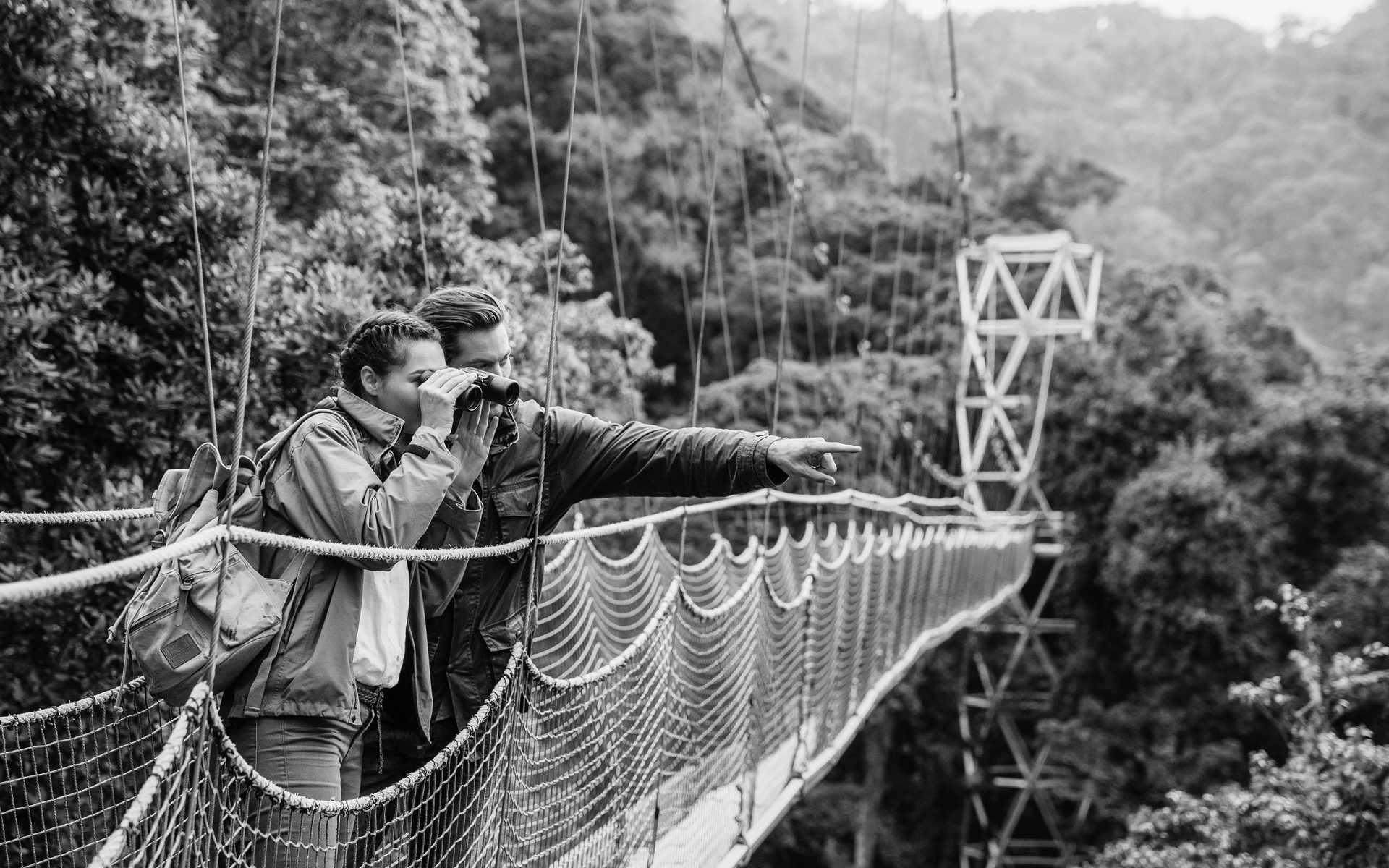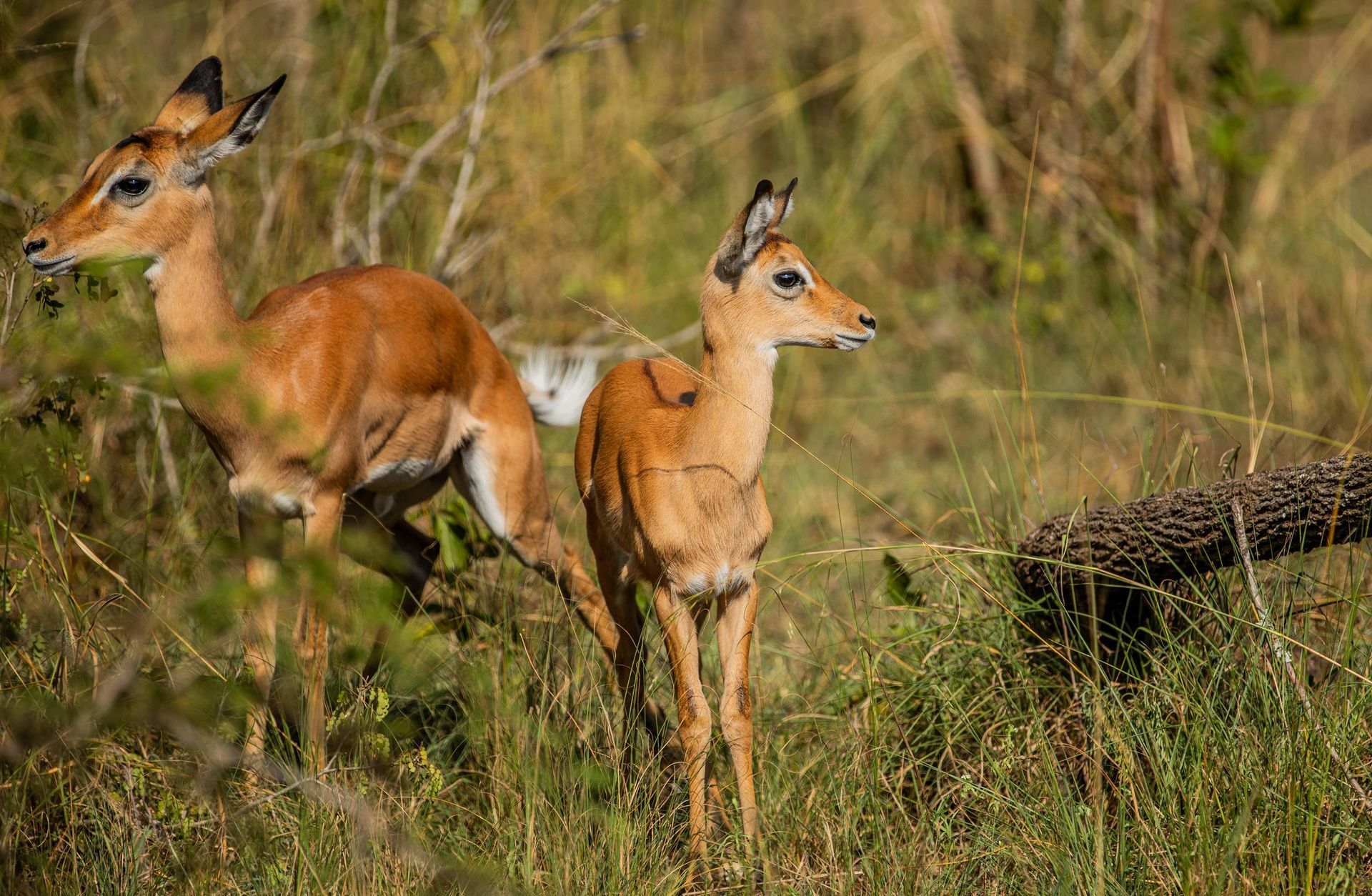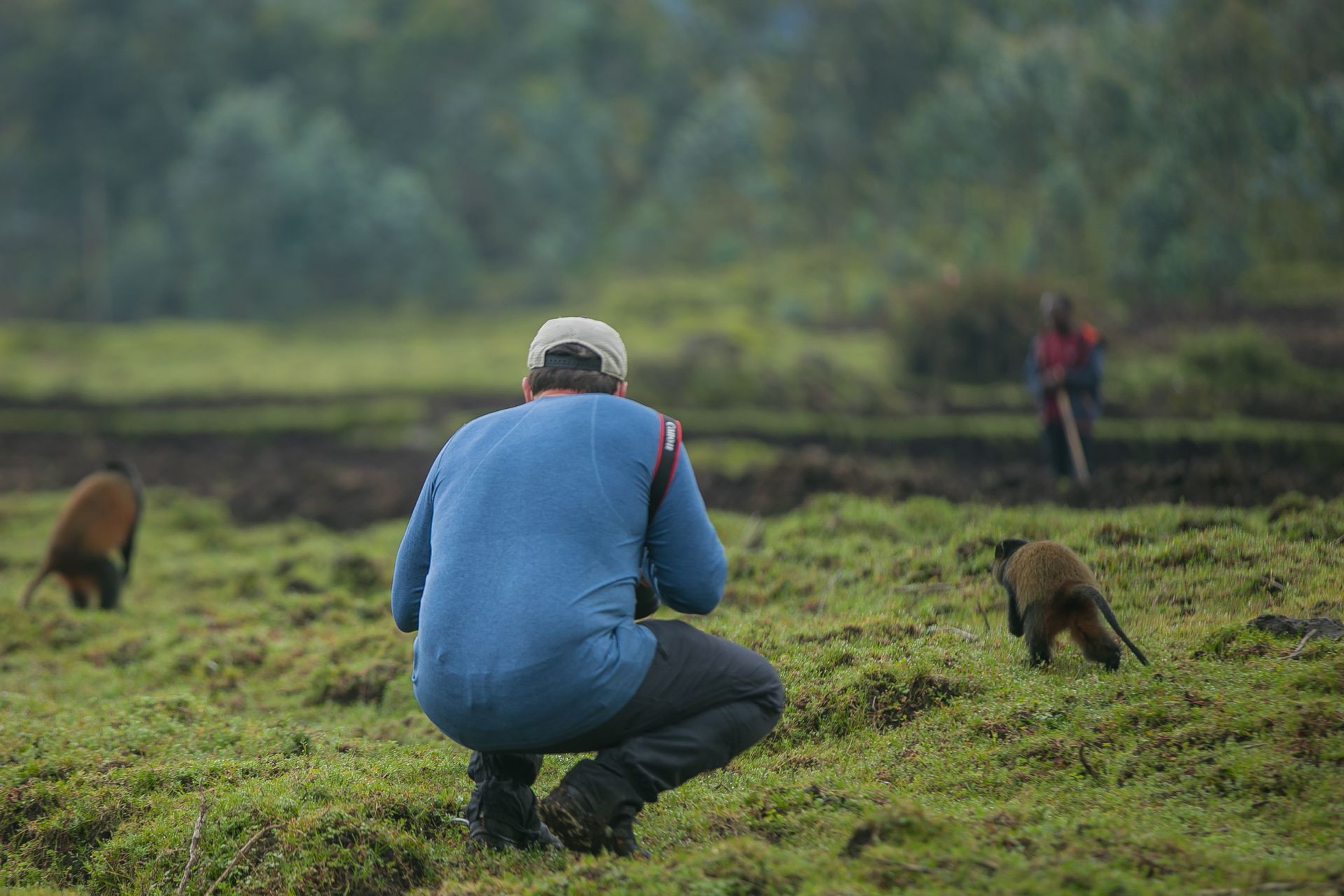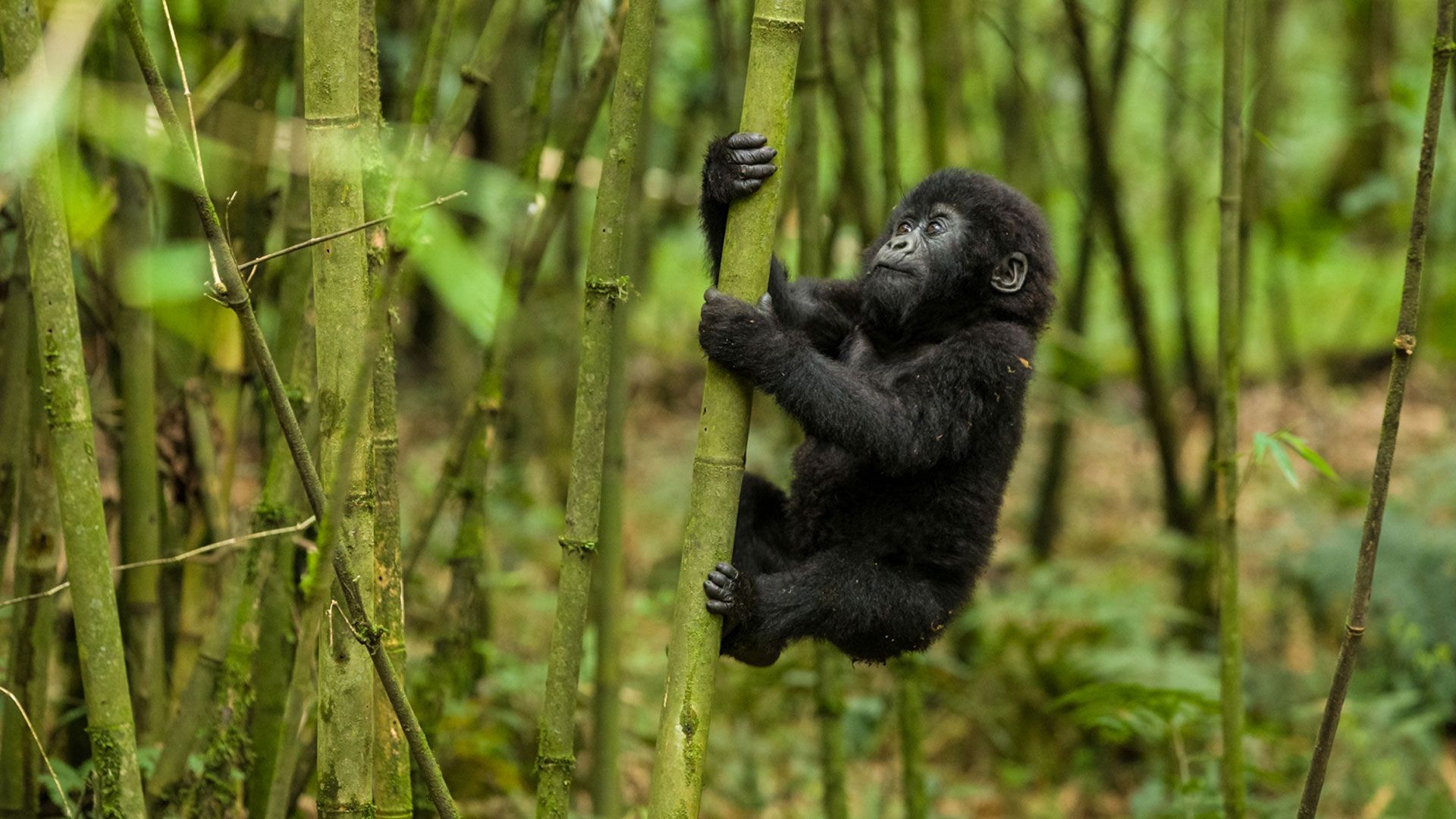Gorilla photography in Uganda and Rwanda is one of the remarkable sessions of any gorilla trekking adventure. The advantage about gorilla photography is that you get a chance to capture actual pictures of mountain gorillas in their natural environment. Capturing the unique pictures of the rare mountain gorillas in the wild leaves long lasting memories of your gorilla trip.
As a seasoned photographer, planning your gorilla safari with the local expert such as Mist Rwanda Safaris should be a must-do. We can guide on how best you can go about your gorilla photography tours in Rwanda and Uganda without any challenges. Check our guide to gorilla photography in Uganda and Rwanda;
Where to go for gorilla photography tour
When it comes to gorilla photo safaris, there are only two unmatched places to consider on your bucket-list destinations. These include Uganda and Rwanda, each comprising gorilla tour destinations. Gorilla photography in Uganda is best conducted in Bwindi Impenetrable National Park and Mgahinga Gorilla National Park. In Rwanda, you can experience the most of your gorilla photography experience in Volcanoes National Park.
The three gorilla photography destinations provide refuge to the largest population of the 1063 endangered mountain gorillas that still survive on the planet Earth today. Each gorilla photography destination features already habituated gorilla groups which the park official assigns to you.
About 24 habituated gorilla groups currently exist in Uganda and they are distributed across the 5 regions; Ruhija, Nkuringo, Rushaga and Buhoma in Bwindi, then Ntebeko in Mgahinga. The popular gorilla groups to expect to explore on Uganda gorilla photography tour include Mubare, Habinyanja, Oruzogo, Nkuringo group, Bitukura gorilla family, Rushegura, Nshongi, Kahungye, Busingye, Katwe, Christmas, and Nyakagezi.
In Rwanda, gorilla families to explore during gorilla photography tours include Hirwa, Amahoro, Umubano, Karisimbi, Kwitonda, Ugenda, and more.
Time to be spent when photographing gorillas.
When you finally come across a family group of mountain gorillas in the wild, strictly you have an hour to observe them and also to take their pictures. This is the most sensational moment for any photographer. The one hour applies to normal gorilla trekking and 4 (four) hours are given for visitors on gorilla habituation experience.
Gorilla habituation is only conducted in Bwindi National Park, a gorilla safari destination in Southwestern Uganda. Habituation activity is carried out in the Rushaga sector and involves following a semi-habituated gorilla group with a team of researchers or trackers.
When taking pictures of mountain gorillas in Uganda or Rwanda, a distance of about 8 meters should be respected at all times. Even before you embark on actual search for gorillas, briefing is conducted by the park official on the dos and don’ts to be followed by visitors during their interaction with these large apes in their natural habitat.
What do you need for a successful gorilla photography in Uganda and Rwanda?
A good camera is essential for any gorilla photography tour in Uganda and Rwanda. When choosing a camera to carry for your gorilla photography vacation, ensure that you get one that is flashlight free. You may even come with two or with extra batteries and additional memory card. In case you can’t get two, you may opt for only one but should have good lens. The phone camera can work but the bad thing, it may not bring out the better images due to the lenses fitted in them.
When to travel for gorilla photography tour
Gorilla photography in Uganda and Rwanda is best done during the dry months. The dry months are characterized by low or rain and the vegetation is clearer than during the rainy/wet season. The dry months run from June to September then another phase starts from December to February.
Gorilla photography during the wet season
The wet or rainy season comes with its own challenges. There is too much disruption from rain and higher chances are you may not get better pictures. Take note that the rainy months often fall in March, April, May, October and November.
Gorilla photography amidst vegetation
Nothing brings out the real picture of massive mountain gorillas in the wild like capturing them immersed in the natural vegetation. What is essential is to position yourself and your camera. You can find these apes foraging, playing, bonding or displaying other body gestures.
How to book gorilla photography tour in Uganda and Rwanda
Gorilla photography tour can be booked through Mist Rwanda Safaris (info@mistrwandasafaris.com or bookings@mistrwandasafaris.com). All gorilla safaris should be booked in advance at least 2-6 months before the actual time you intend to visit Uganda or Rwanda to see mountain gorillas.
Gorilla permits
Before you embark on any gorilla trip, gorilla permits should be obtained. Each gorilla permit costs USD 800 per person for visitors with plans to explore Uganda gorillas, then in Rwanda, you require USD 1500 per person.
What else should you pack for gorilla photography tour?
Besides cameras, other useful items to have for your gorilla photography vacation include long-sleeved shirts, long trousers, daypack, a sweater, rain jacket or poncho, first aid kit, high energy giving snacks, long pants, waterproof hiking boots, gloves, a pair of binoculars, and others.
Where to stay
Available places to stay on gorilla photography in Uganda and Rwanda consist of budget, midrange and luxury. In Uganda, they include Clouds Mountain Gorilla Lodge, Mahogany Springs Lodge, Buhoma Lodge, Buhoma Community Haven Lodge, Nkuringo Bwindi Gorilla Lodge, Volcanoes Bwindi Lodge, Bakiga Lodge, and Gorilla Heights, etc.
Places to stay in Rwanda during gorilla photography tour include Kinigi Guesthouse, Bisate Lodge, Mountain Gorilla View Lodge, Hotel Muhabura, Le Bambou Gorilla Lodge, One&Only Gorilla’s Nest, Hotel Muhabura, Da Vinci Gorilla Lodge, Kwitonda Luxury Lodge, La Palme Hotel and Virunga Hotel, etc.
Conclusively, gorilla photography in Uganda and Rwanda is the best way to explore about the rare mountain gorillas in the wild. These apes are unique to only Uganda, Rwanda, and the Democratic Republic of Congo (DRC). Encountering them in the wild is truly a lifetime experience. Plan and book your gorilla tour with Mist Rwanda Safaris for long lasting primate encounters.











